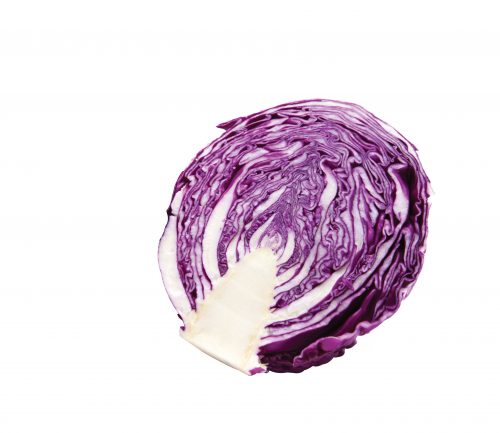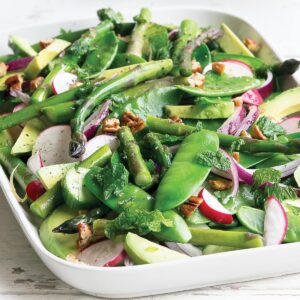
Childhood memories of ‘cooked to death’ cabbage have led many to believe it’s nothing more than a bland and mushy side dish.
However, this inexpensive, versatile vegetable should not be overlooked. There are three main varieties of cabbage in New Zealand: the common smooth-leaved green cabbage, the crinkly savoy and the vibrant purple-tinged red cabbage with its slightly peppery kick.
Buying
Choose cabbages which are heavy for their size with crisp leaves free from holes or discolouration.
Storing
Cabbage will keep for up to two weeks in the crisper compartment of the fridge. Once cut wrap the remainder in plastic wrap.
Nutrition
Cabbage has a high water content, meaning it’s low in kilojoules so it’s fantastic for bulking out meals. Cabbages are a good source of vitamin C, phytochemicals and antioxidants.
Using
Cabbage is so versatile. It can be steamed, microwaved, sautéed, pickled or eaten raw, and it is the main ingredient in many traditional international dishes: kimchi from Korea, sauerkraut from Germany or humble old bubble and squeak from Britain.
- Try gluten-free cabbage rolls: place 1 tablespoon spicy mince and rice mixture in the centre of a lightly steamed cabbage leaf, roll up like a parcel and place in a saucepan. Cover parcels with a can of chopped tomatoes and simmer. For a vegetarian version, use quinoa instead of the mince mixture.
- Make a zesty dressing with orange juice, olive oil, liquid honey, Dijon mustard and poppy seeds. Pour over finely shredded red cabbage, chopped celery and spring onion and orange segments for a healthy and colourful slaw.
- Add thinly sliced red and green cabbage to the wok right before serving a stir-fry. It adds colour and texture and makes the meal go further.
- Recipe idea: Pork with kumara mustard colcannon
Did you know? Cabbage is one of the oldest vegetables in the world.
www.healthyfood.com










